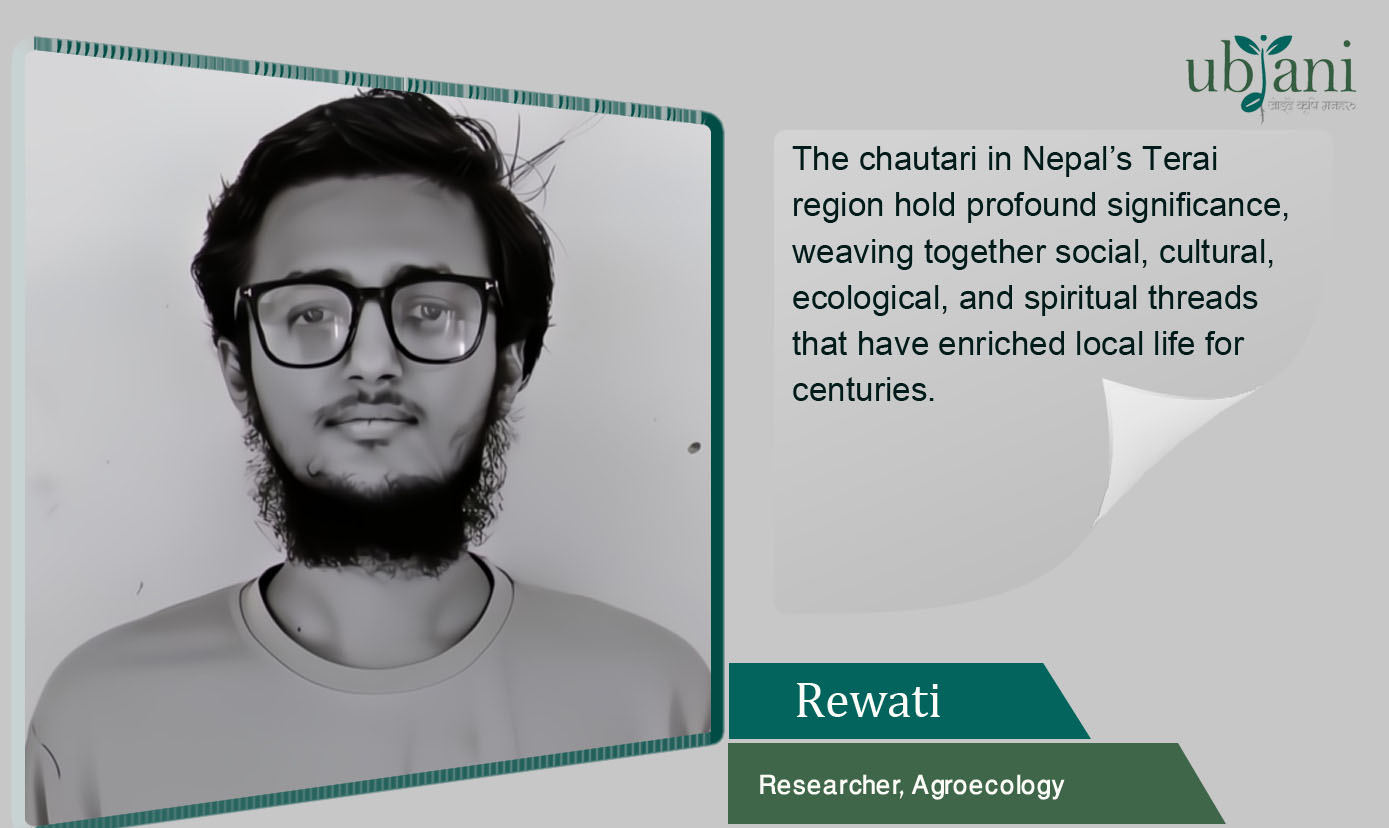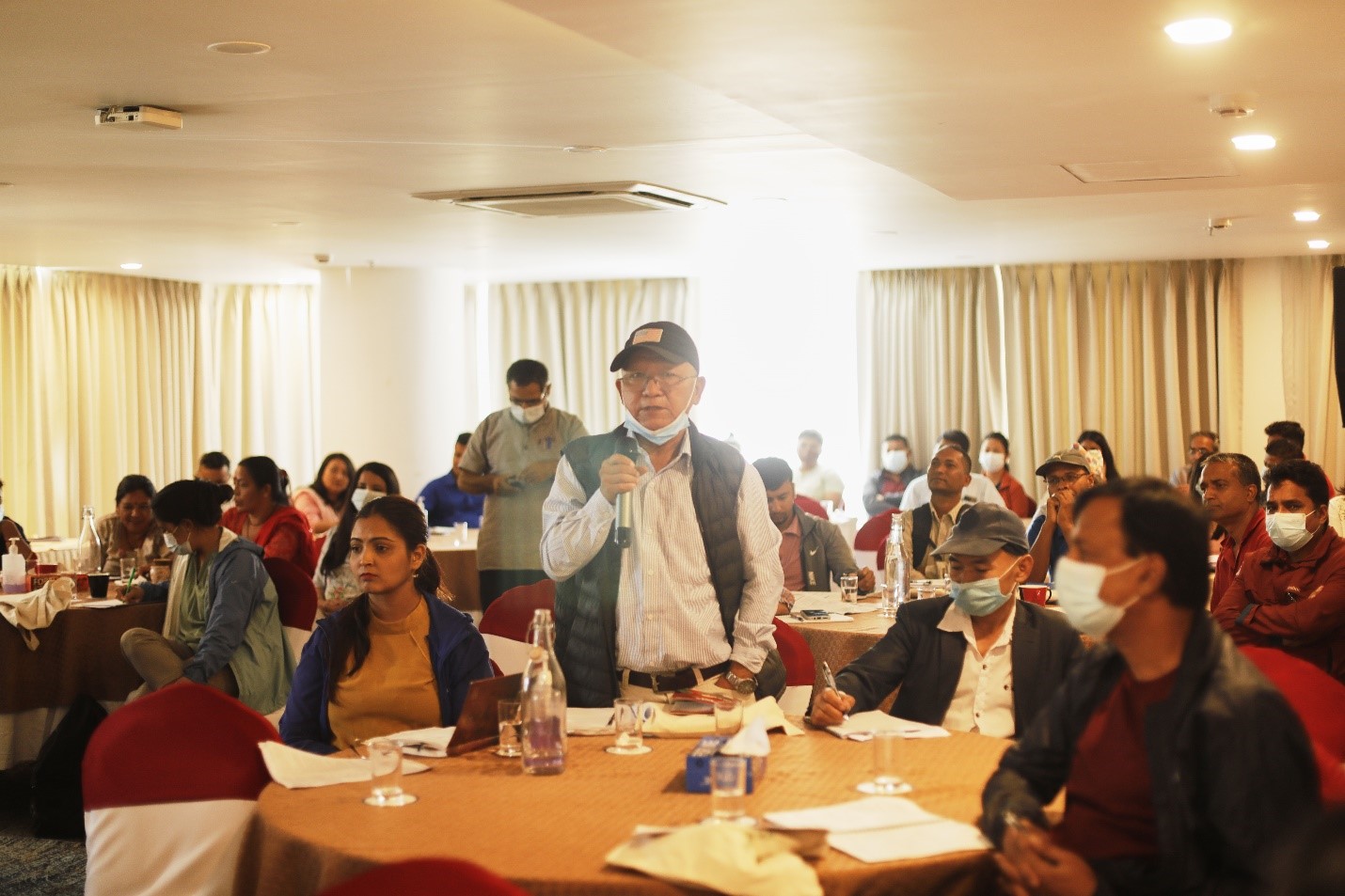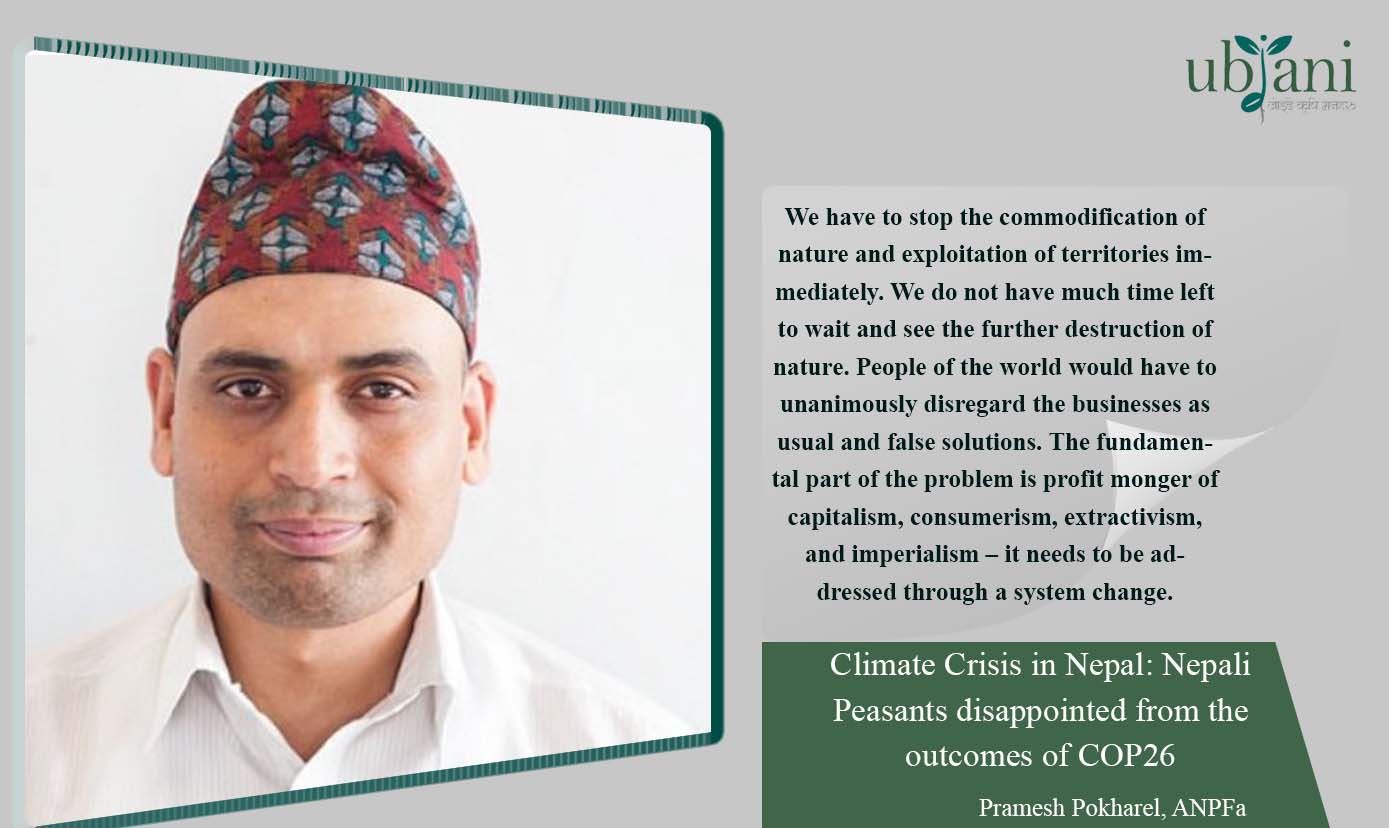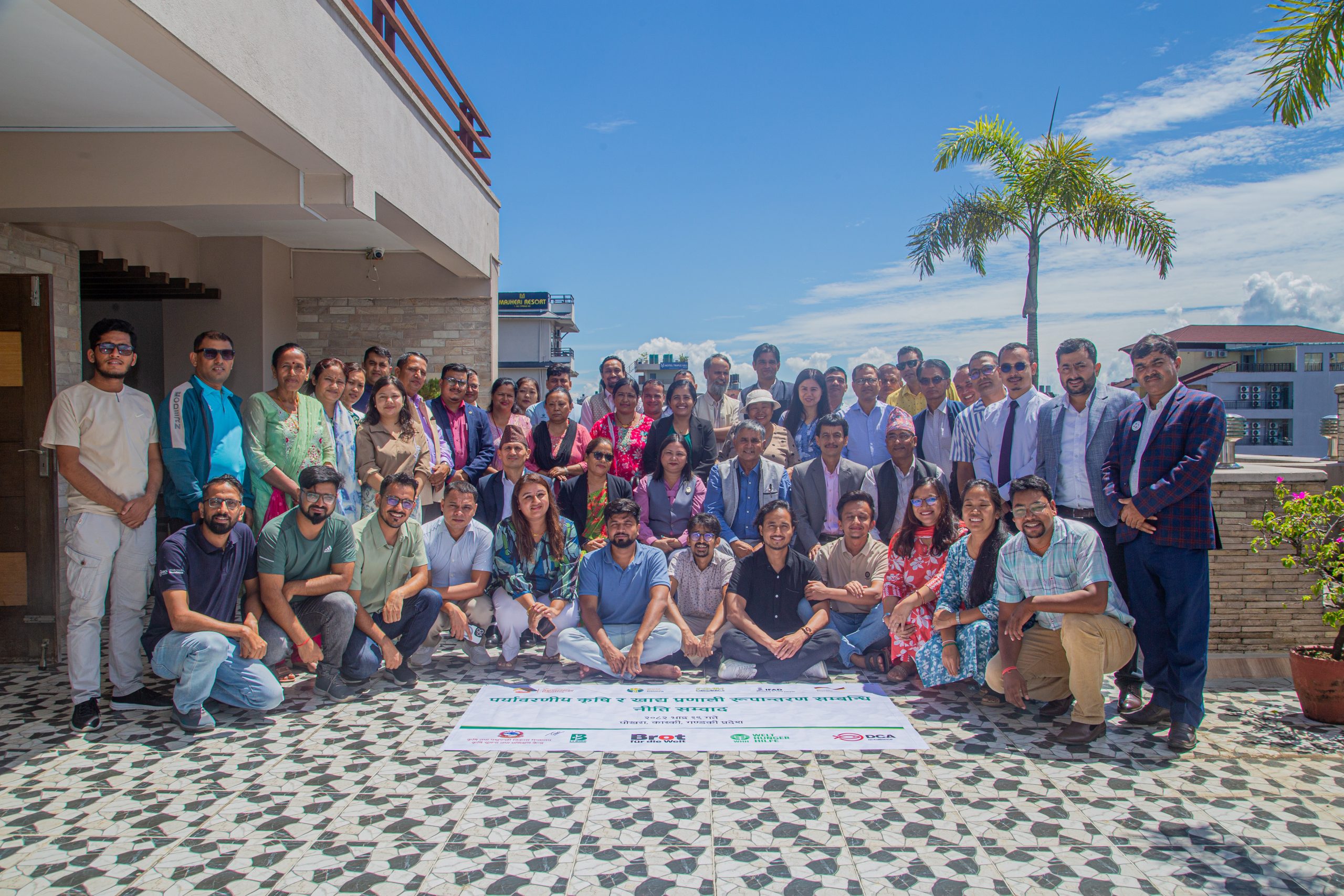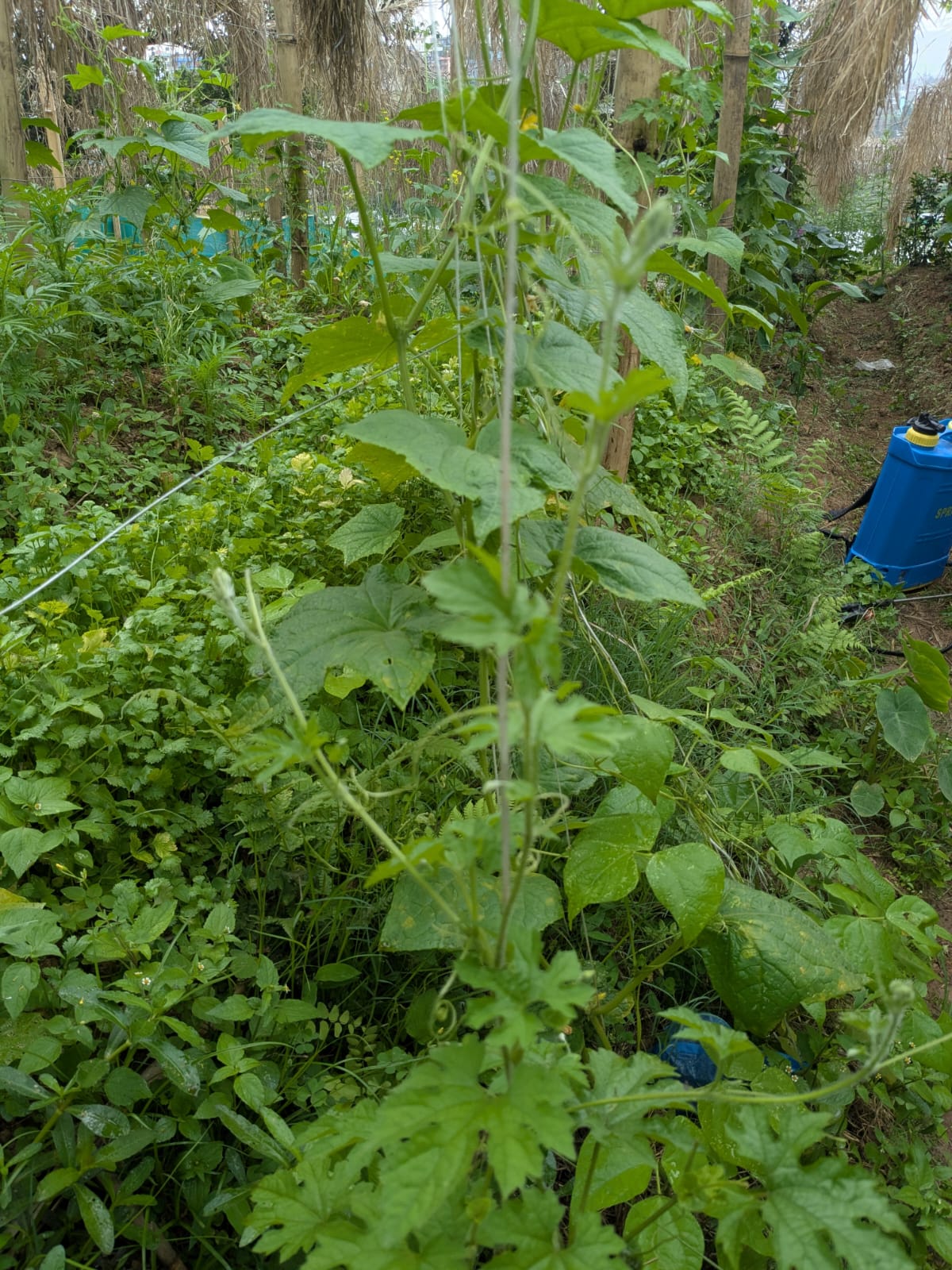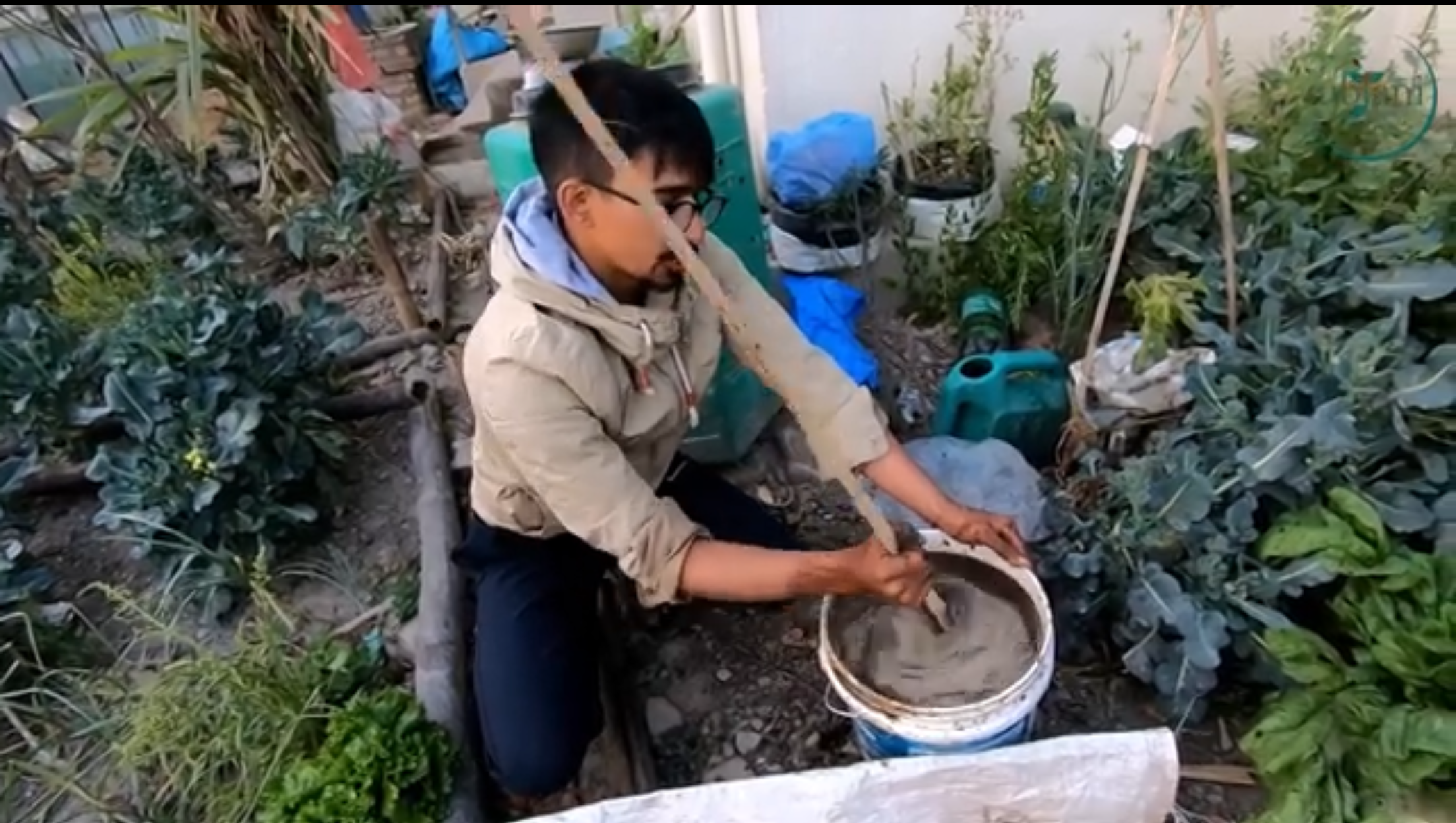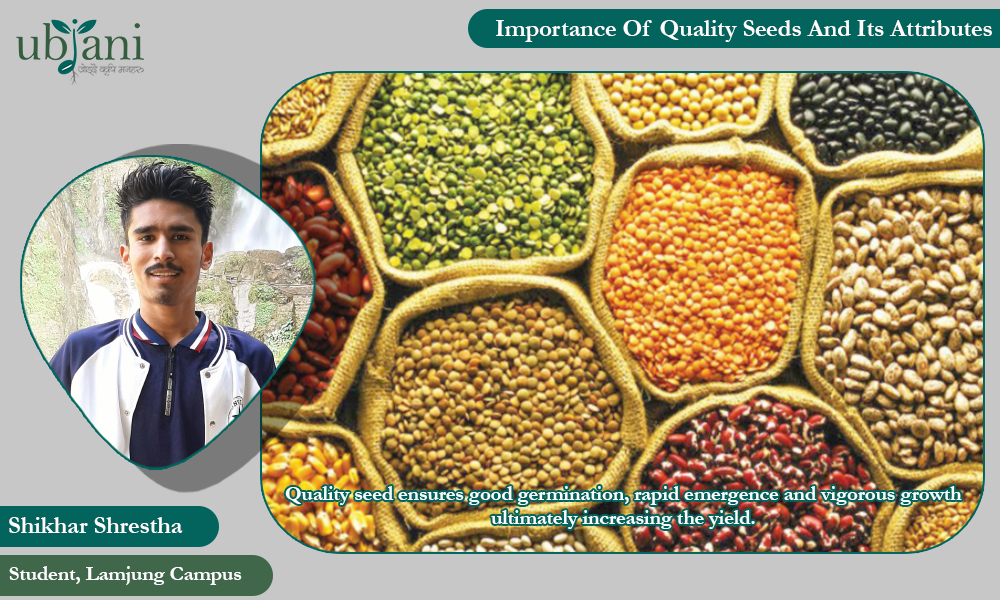
In the present scenario, where the world is more concerned about food security and sustainable food consumption, the quest for finding something novel has always been an area of interest for humankind. In search of alternatives, we have extended our agriculture even to the sea. A report says that forty-eight million square kilometers of the ocean are suitable for farming of seaweed. Seaweed farming, the practice of cultivating and harvesting seaweed, got positively flourished since 2000. However, its history dates back to the early 1670s when it began in Japan. It includes the farming of macroscopic, multicellular, marine algae, which is either red(Rhodophyta) or green(Chlorophyta) or brown(Phaeophyta), having different sizes ranging from microscopic to enormous.
As an edible ingredient, the consumption of seaweed has widely increased. The World Bank predicts that there will be global production of 500 million tons of seaweed by 2050. Looking forward to its potential food benefit, it contains a concentrated source of iodine promoting proper thyroid function, omega-3 fats improving heart health, essential amino acids, antiobesity factors such as few calories and fucoxanthin contributing to increased metabolism. It also strengthens the immune system and provides fibers that promote gut health, antioxidants, compounds like alginate, fucoxanthin, which improves blood sugar level, vitamins, and minerals(Ca contain seaweed is up to ten times than that of milk).
Seaweed farming acts as a versatile tool to mitigate environmental problems. It plays a vital role in carbon sequestration. For instance, kelp takes in 5 times more CO2 than most terrestrial plants, helping to de-acidify the ocean. It slows down the process of eutrophication due to the nutrient removal capacity of seaweed after harvest. Seaweed aquaculture will decrease the growing competition to land and blue biofuel can also be a renewable solution to fossil fuel. Supplying seaweed as a supplement in livestock diet reduces the considerable amount of livestock methane emission. A study shows that such a diet supplement brings down methane production by 60% in the cow.

The variegated use of seaweed extract also justifies its eminence. Alginate extract is used in cosmetics, mainly in the face mask, shampoos, body lotions. Carrageenan extracted from red algae is used as a food additive and for pharmaceutical purposes. Moreover, seaweed is the source of agar, i.e. a gelatinous substance and its diverse use in agriculture such as stimulation of seed germination, shoot and root elongation, improved water and nutrient uptake, frost and saline resistance, biofertilizers and biocontrol of phytopathogenic organisms has boosted the product demand in recent times.
The farming of nutritional seaweed that grows on its own with the fastest-growing capacity than land plants has made its mark. The nitrogen accumulated from industrial and agricultural waste drained into the ocean has created favorable conditions for algae’s growth. It has been an influencing factor for people to be involved in seaweed farming as seaweed weight can become ten times heavier in 6 to 8 weeks. Giant kelp(Macrocystis pyrifera), the fastest-growing seaweed grows at sixty centimeters a day.
The seaweed farming industry is broadening worldwide, and its commercial cultivation is practiced over 35 countries. Seaweed’s demand in foodstuffs, cosmetics, pharmaceutical purposes, and agriculture is more than enough to claim its economic and ecological significance. Thus, Seaweed culture will be the sustainable solution for the growing urge of mankind -Today’s interest, tomorrow’s need.





